Odia is an Eastern Indo-Aryan language belonging to the Indo-Aryan language family. It descends from Odra Prakrit which itself evolved from Magadhi Prakrit.
The latter was spoken in east India over 1,500 years ago, and is the primary language used in early Jain and Buddhist texts.
Jayadeva was a Sanskrit poet. He was born in an Utkala Brahmin family of Puri [citation needed] around 1200 CE.
He is most known for his composition, the epic poem Gita Govinda, which depicts the divine love of the Hindu deity
Krishna and his consort, Radha, and is considered an important text in the Bhakti movement of Hinduism.
The Odia diaspora is sizeable in several countries around the world, bringing the number of Odia speakers worldwide to 50 million.
It has a significant presence in eastern countries, such as Thailand and Indonesia, mainly brought by the sadhaba, ancient traders
from Odisha who carried the language along with the culture during the old-day trading, and in western countries such as the United
States, Canada, Australia and England. The language has also spread to Burma, Malaysia, Fiji, Mauritius, Bangladesh, Sri Lanka and
Middle East countries.
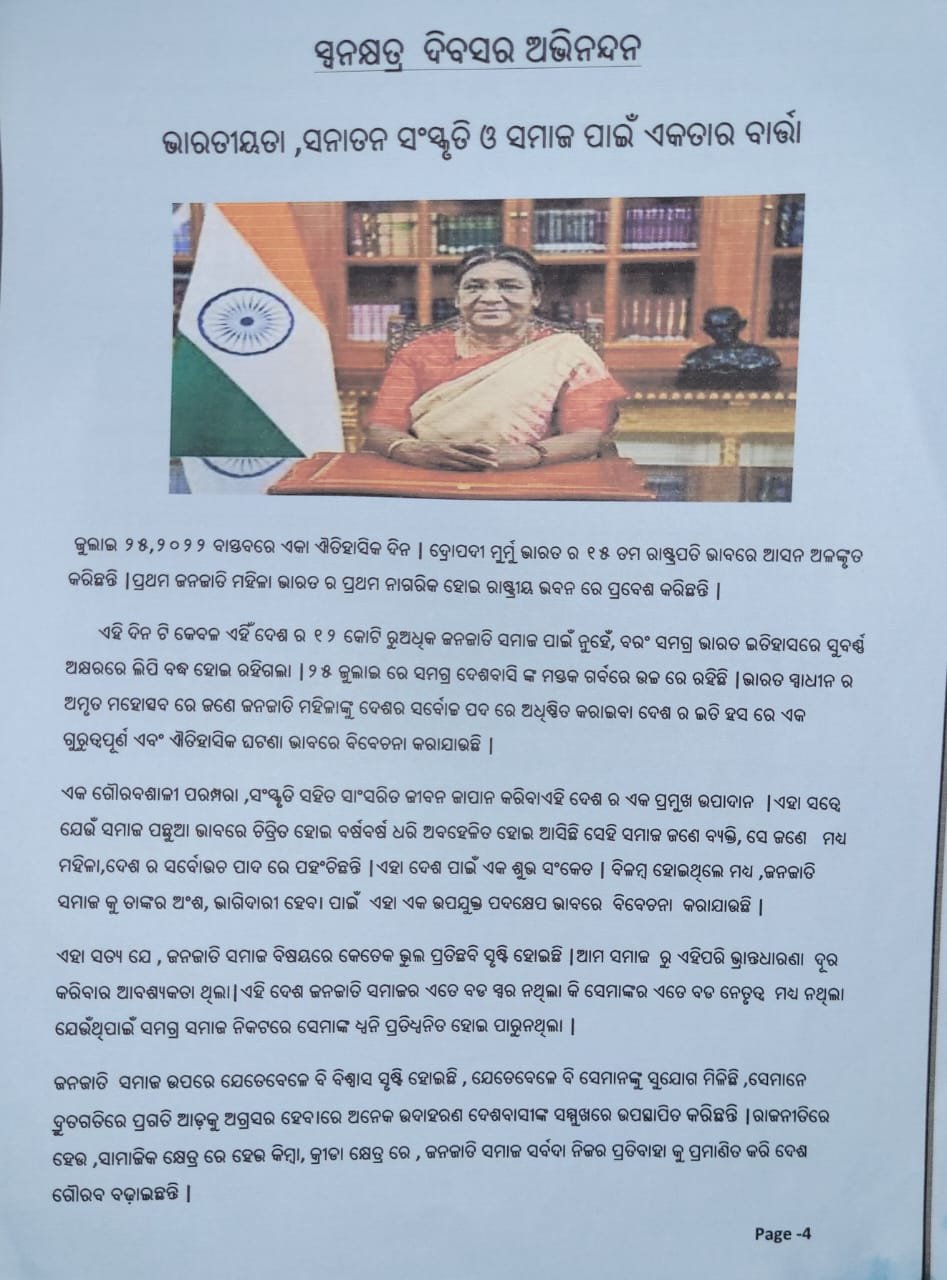
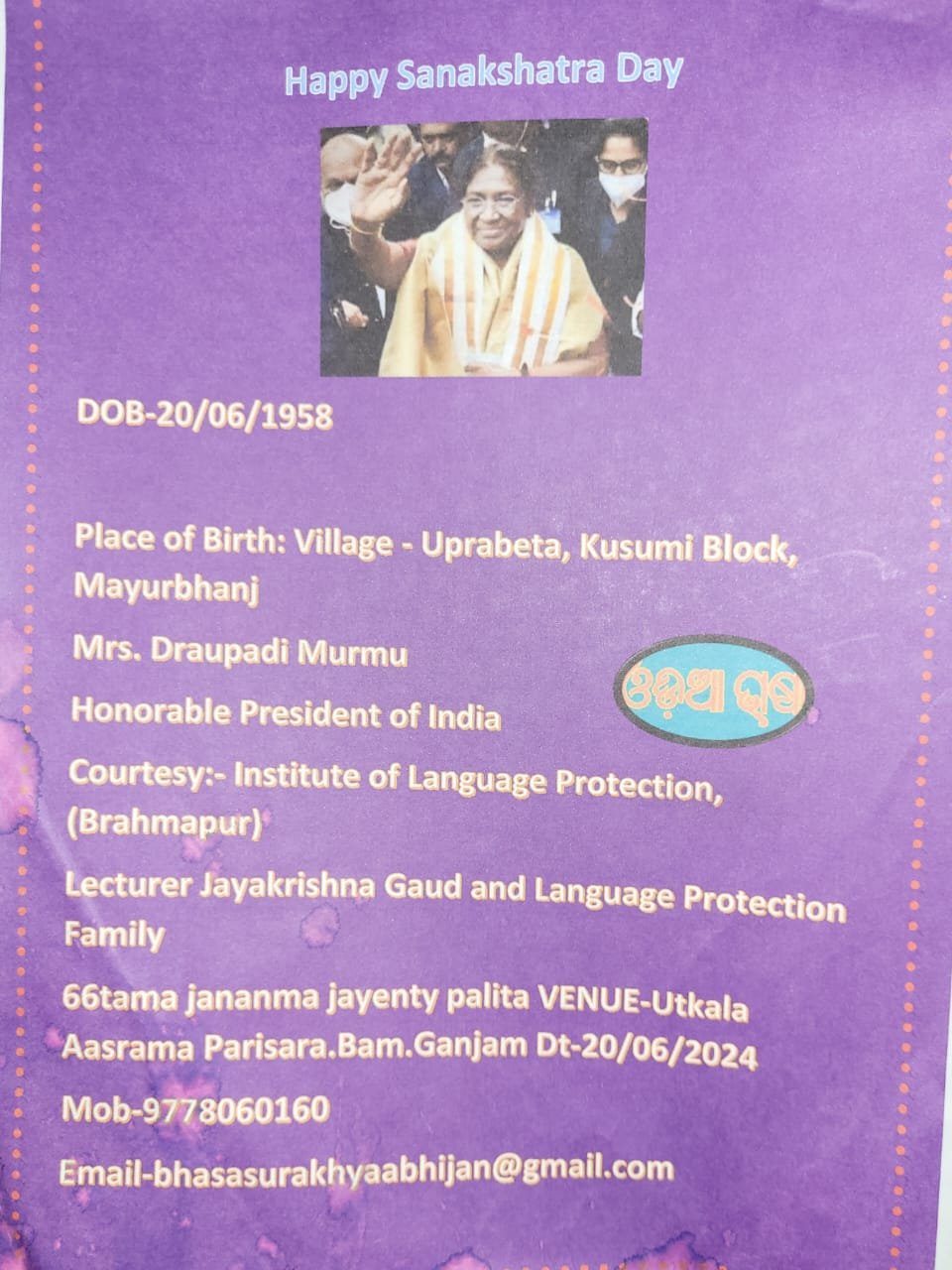



.jpeg)
.jpeg)
.jpeg)
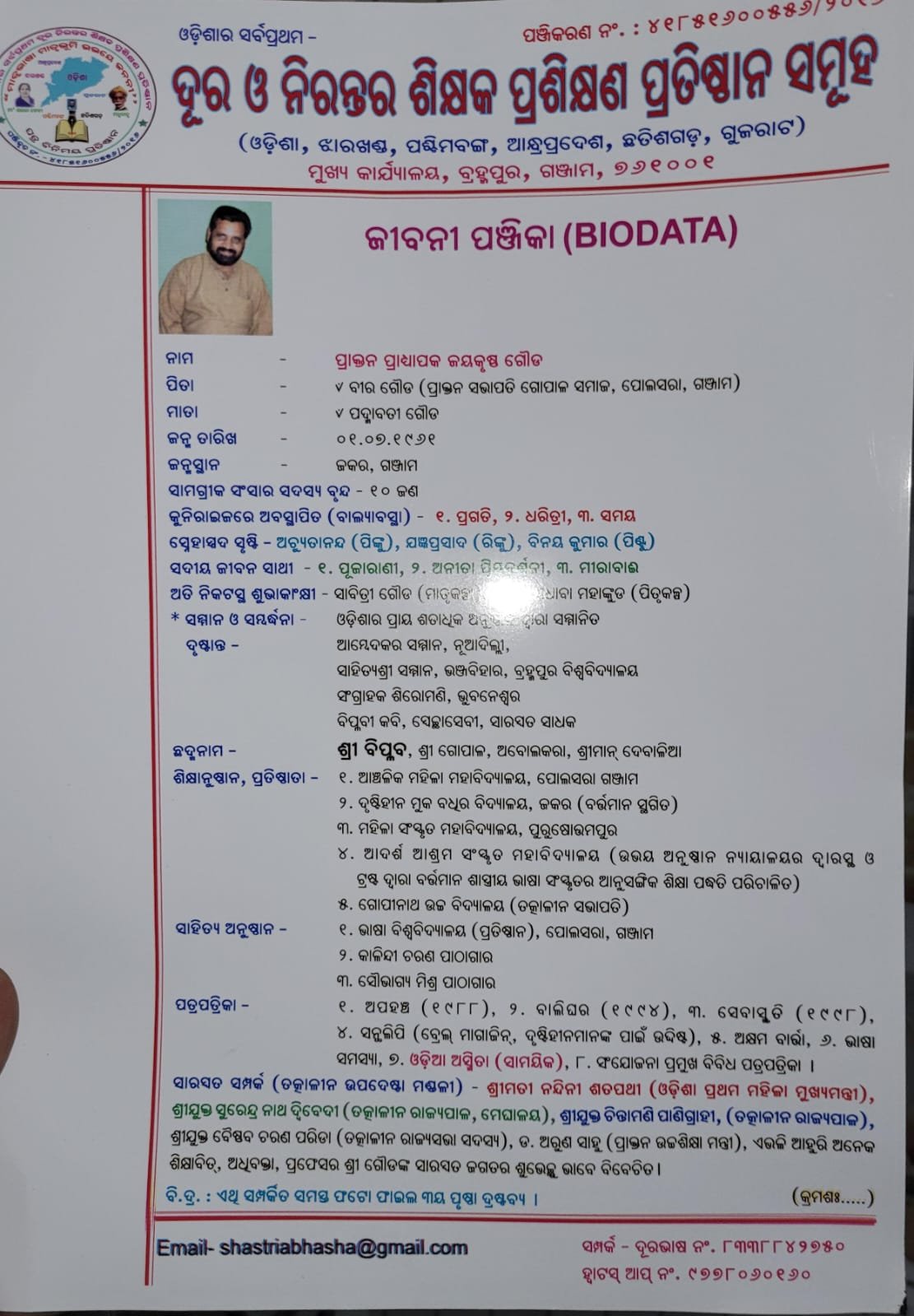
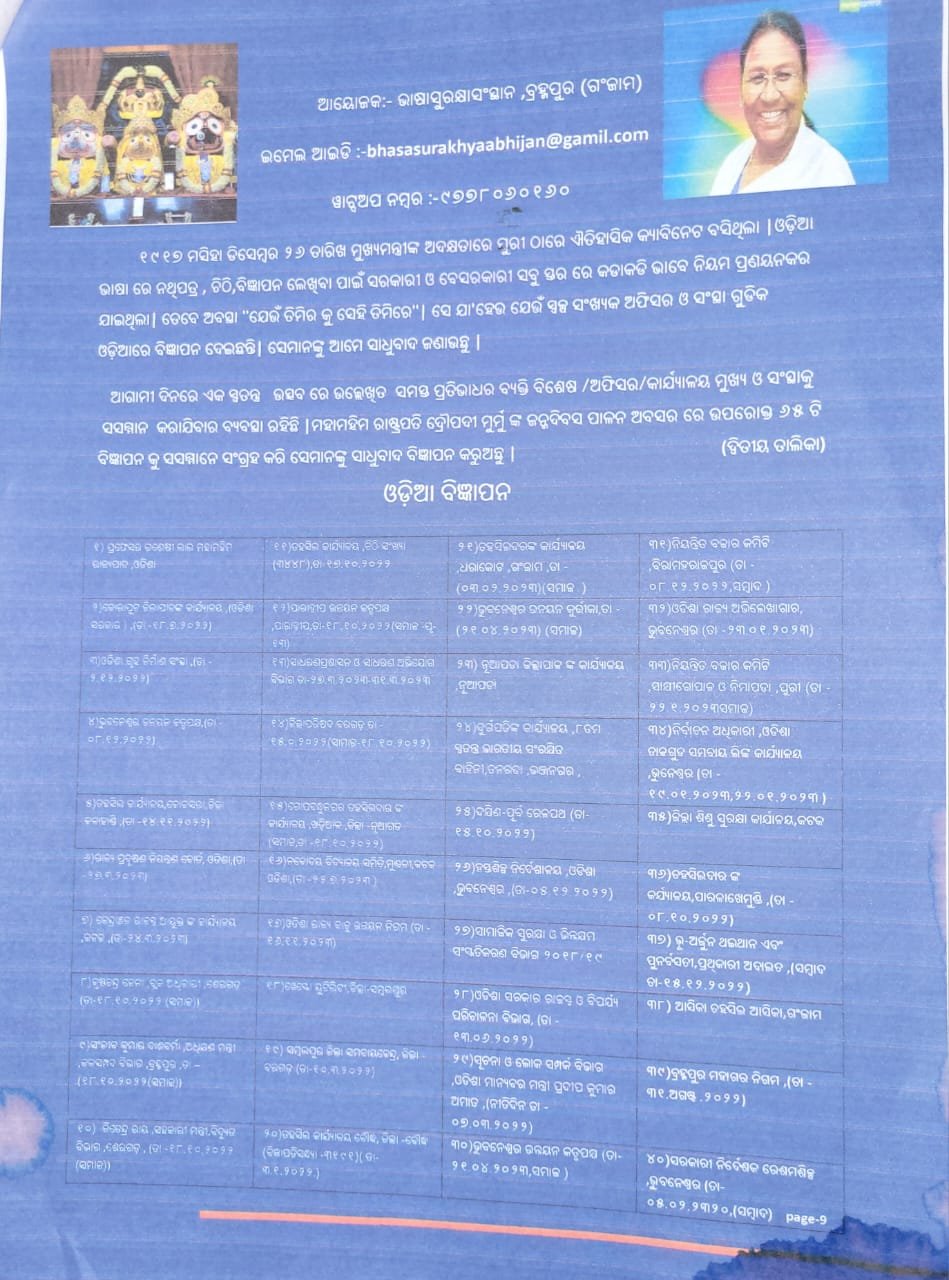
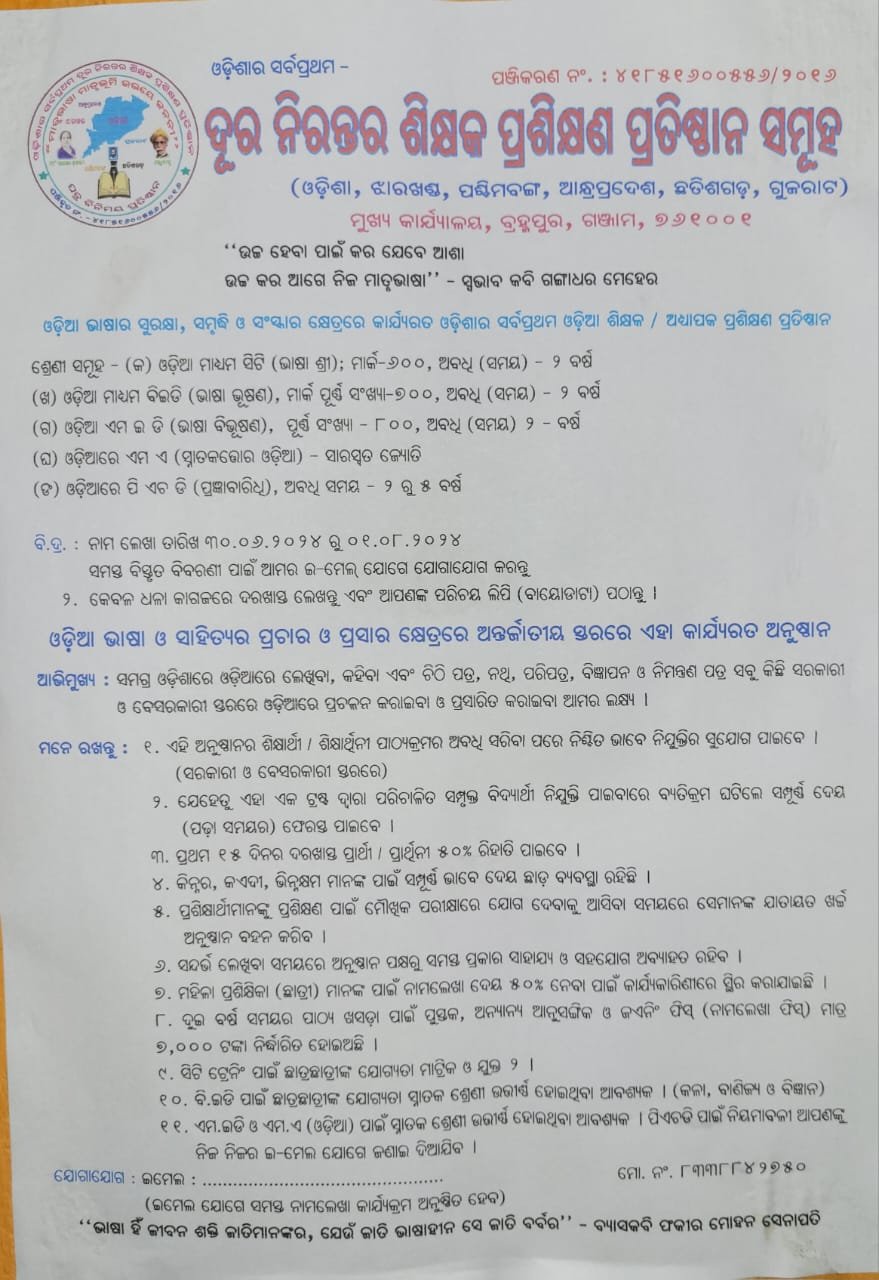
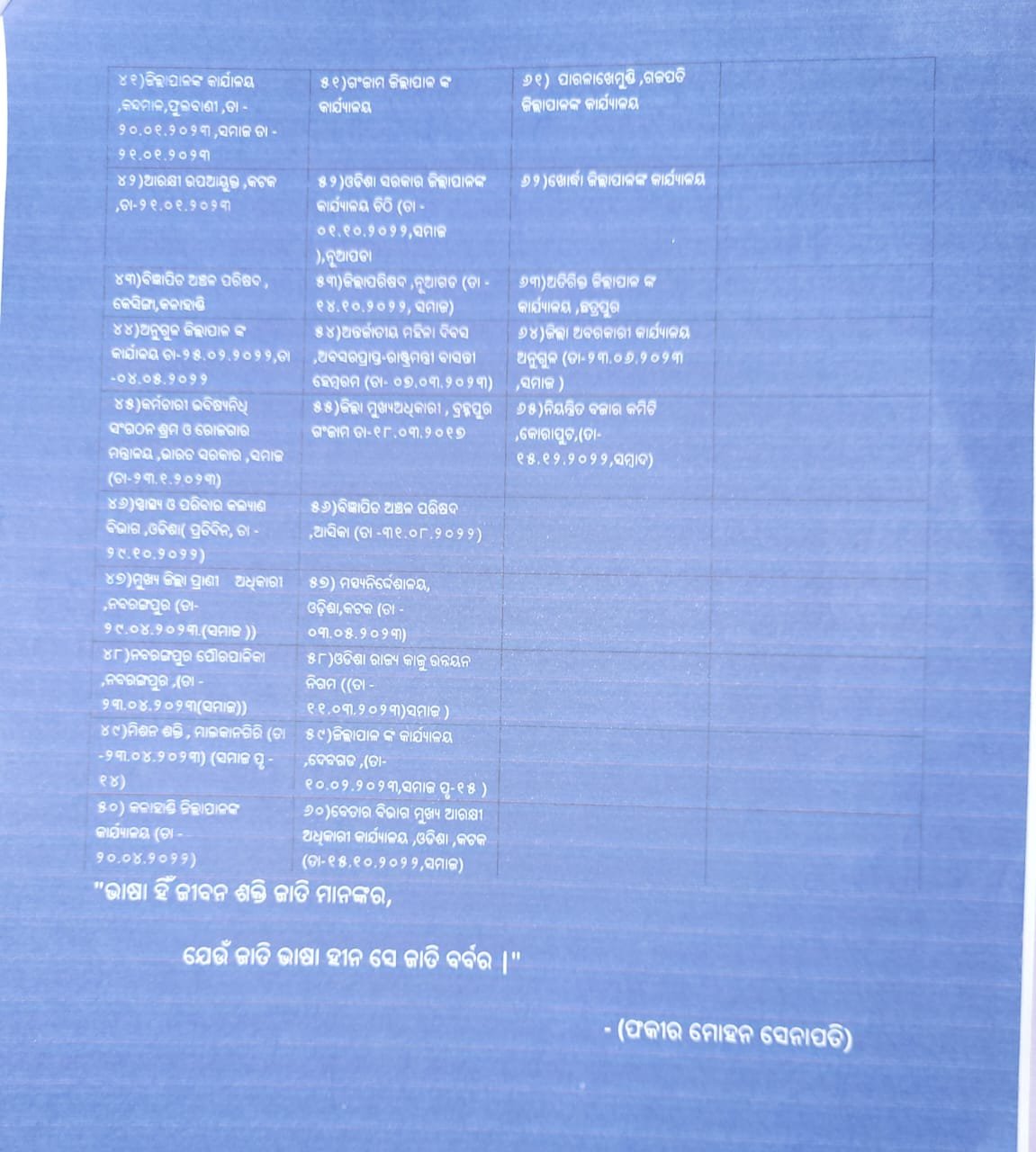
.jpeg)